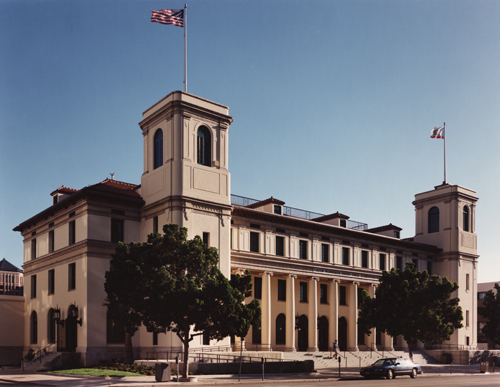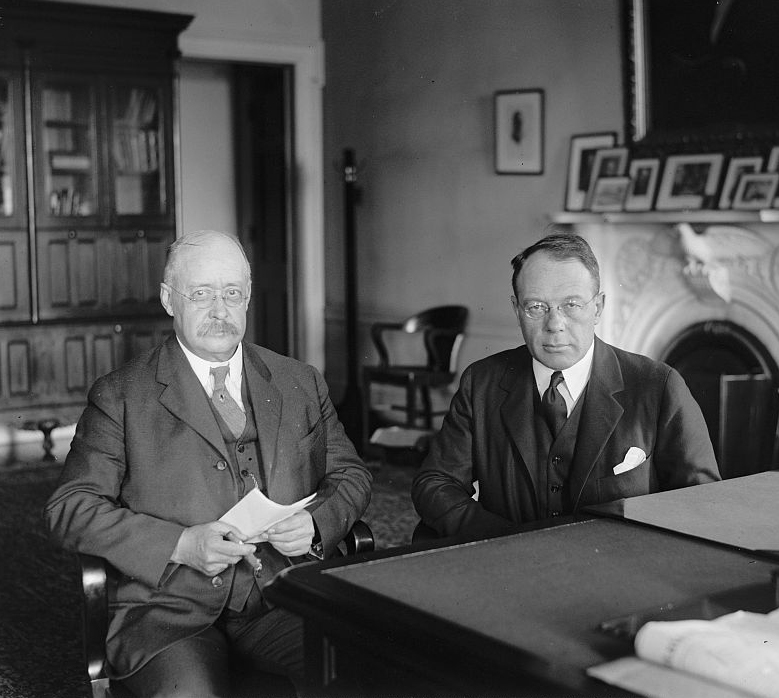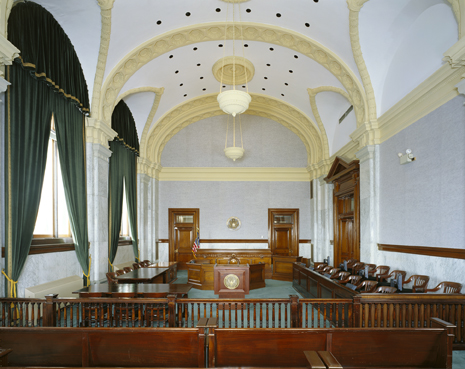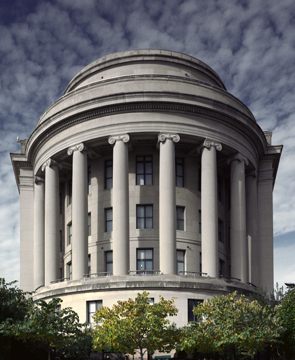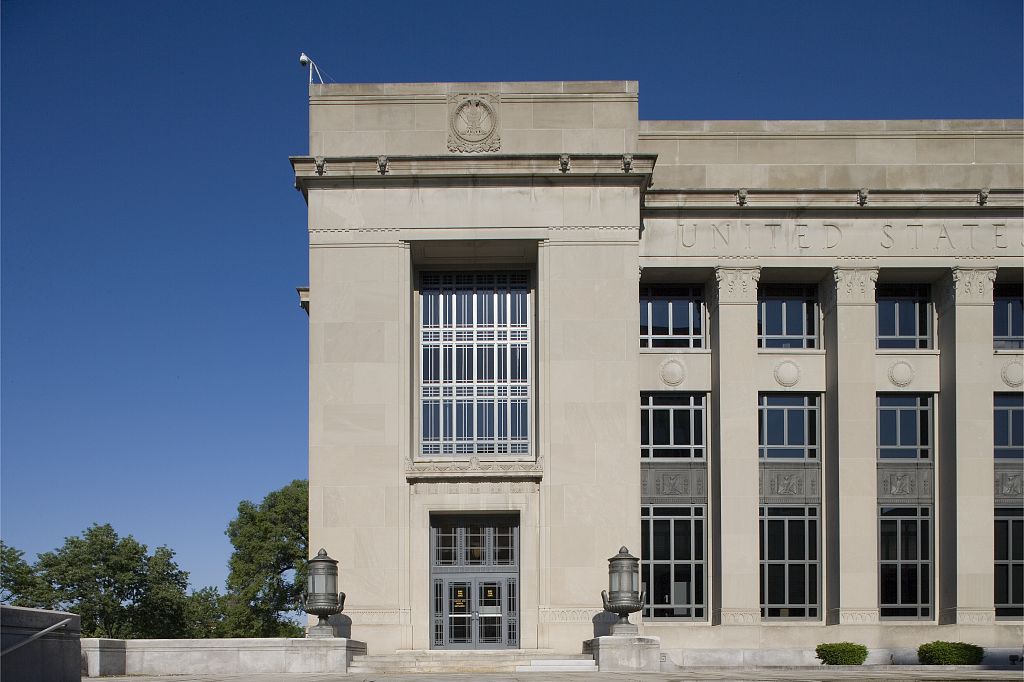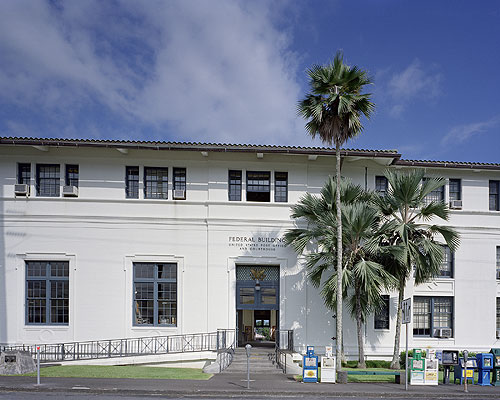
Federal Building, U.S. Post Office, and Courthouse, Hilo, Hawaii. Constructed 1915-1917. Architect: Henry Whitfield.
World War I Halts Public Building Projects
With the exception of marine hospitals and immigration stations, World War I brought public building construction to a standstill. As the younger staff of the Office of the Supervising Architect entered military service, Wetmore managed only a few draftsmen doing minimal work.
After the war, construction resumed, and by 1922 it had resumed to its pre-war activity level. New memorials were incorporated into federal building landscapes, such as in Hilo, Hawaii, where the American Legion planted seventeen royal palms along Kekaulike Street to commemorate Hawaiian citizens who died in World War I.
Visit the Federal Building, U.S. Post Office and Courthouse, Hilo HI

 U.S. General Services Administration
U.S. General Services Administration
